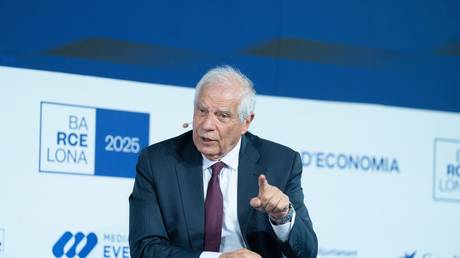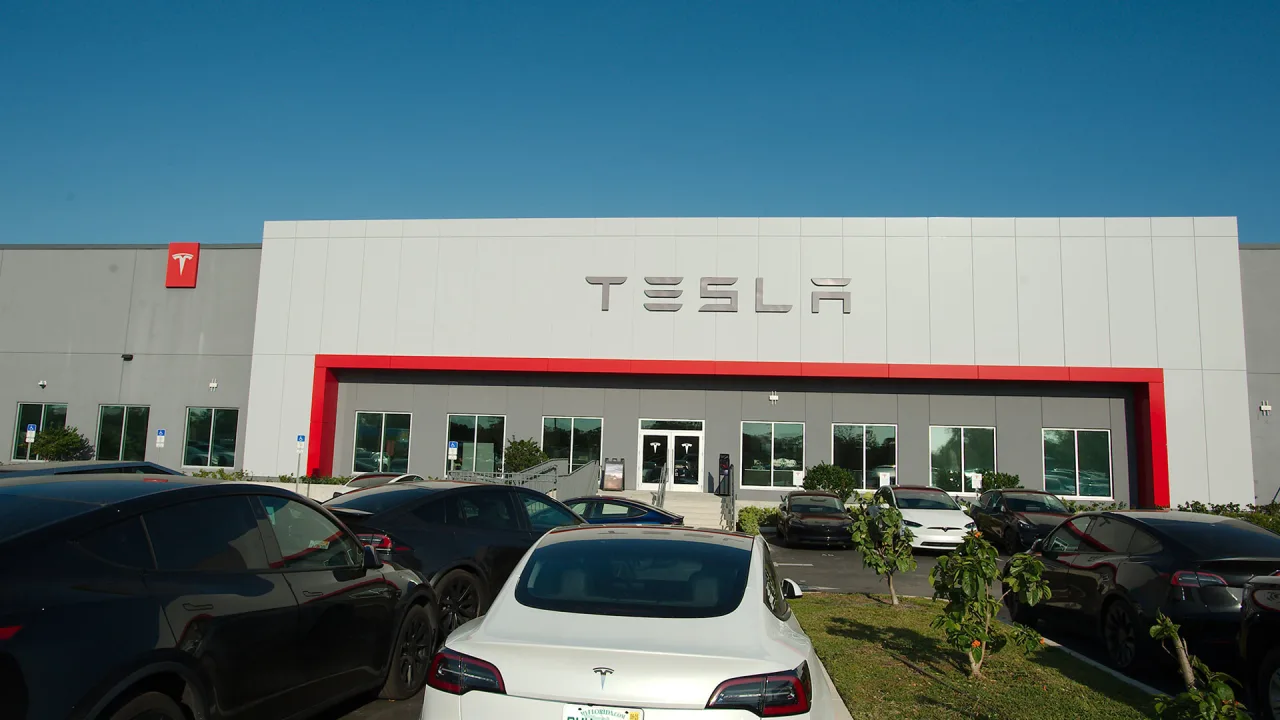America can’t afford to forget how to make things

In an age of convenience, global sourcing, and race-to-the-bottom pricing, “Made in the USA” has too often become a quaint notion—a nostalgic footnote rather than a guiding principle. But for those of us in the business of making things here at home, that label still means something. In fact, it may be more important now than ever before.
I lead Faribault Mill, a historic textile mill founded in 1865 in the town of Faribault, Minnesota. Over the past 160 years, our mill has outfitted pioneers heading west, supplied blankets to American troops, and woven itself into the fabric of American life. And like so many domestic manufacturers, we nearly lost it. By 2009, the mill had shut down. The looms were silent, the workforce gone, and the community left wondering what would come next.
We chose revival. In 2011, a team of believers brought the mill back to life—not as a museum piece, but as a living, breathing example of what American manufacturing can still be: resilient, modern, and deeply rooted in purpose. We’re now one of the last fully vertical textile mills in the United States, managing every step of production—from raw wool to finished product—all under one roof. It hasn’t been easy, but it has been worth it.
Why manufacturing still matters
There’s a fundamental misunderstanding in the way we talk about manufacturing in this country. Too often, it’s reduced to a numbers game: labor costs, overseas pricing, efficiency. But what we lose in those calculations is what we risk giving up—control over our supply chains, the dignity of skilled work, and the ability to build resilience into our communities and economy.
The pandemic was a wake-up call. When we couldn’t access basic goods, from masks to semiconductors, we saw firsthand what happens when we outsource too much for too long. That fragility is not just inconvenient. It’s dangerous. A nation that can’t make its own goods has lost sovereignty over its own future.
Domestic manufacturing is a strategic asset. And if we want to build a stronger, more equitable, more sustainable economy, we need to invest in it—urgently and intentionally.
The real value of “Made in USA”
Manufacturing in America isn’t the easy path. It requires more investment, higher labor costs, and deeper operational complexity. But the payoff is far greater than a quarterly return.
At Faribault Mill, every blanket is touched by dozens of skilled artisans: spinning, dyeing, weaving, and finishing. This level of craftsmanship can’t be replicated through offshoring. It’s not just about quality, it’s about integrity. Our supply chain is tight, our environmental footprint is smaller, and our jobs are local. Every dollar spent on a Faribault Mill product reverberates through the community, supporting families, trades, and our town.
We’ve trained a new generation of textile workers while honoring legacy techniques passed down over decades. And we’ve created products that are not only beautiful and functional, but meaningful. Whether we’re collaborating with heritage brands like Coach or cult favorites like Supreme, our goal is the same: to show what American-made can look like when it’s done with vision and purpose.
Change the conversation
The biggest barrier to a manufacturing revival in this country isn’t cost. It’s mindset. We’ve trained consumers to expect cheap, fast, and disposable goods. We’ve defined value by what something costs, not by what it offers, not just in function, but in longevity, in sustainability, and in human impact.
It’s time to change that narrative. A Faribault Mill blanket will last for decades—it’s an heirloom piece. Its raw materials are traceable, and its makers are paid fairly. That’s value. And more and more, consumers are looking for brands that align with those values.
But we need broader action—from business leaders willing to reinvest domestically, from policymakers who understand that smart industrial policy is a national advantage, and from consumers who see each purchase as a vote for the kind of economy they want to live in.
A blueprint for the future
Reviving Faribault Mill wasn’t just about saving a company. It was about proving a point: that it’s still possible to make things in America with care, pride, and purpose. We’ve invested in new equipment and product lines. We’ve built partnerships across industries. And we’ve done it all while staying rooted in the belief that American manufacturing isn’t obsolete—it’s essential.
We are far from alone. Across the country, a new wave of makers, builders, and manufacturers are reimagining what industry can look like in the 21st century. But momentum isn’t enough. If we want this movement to last, we need to embed it in policy, culture, and everyday consumer behavior.
Because at the end of the day, American manufacturing isn’t just about economics. It’s about identity. It’s about knowing that behind every product is a person, a process, a place. It’s about rebuilding the kinds of jobs and industries that create real opportunity and long-term resilience.
At Faribault Mill, every blanket we make carries 160 years of history—and a future that’s still being written. If you believe in the promise of American manufacturing, you’re already part of that story. Now let’s write the next chapter together.
Ross Widmoyer is CEO of Faribault Mill.
What's Your Reaction?
 Like
0
Like
0
 Dislike
0
Dislike
0
 Love
0
Love
0
 Funny
0
Funny
0
 Angry
0
Angry
0
 Sad
0
Sad
0
 Wow
0
Wow
0



























































































